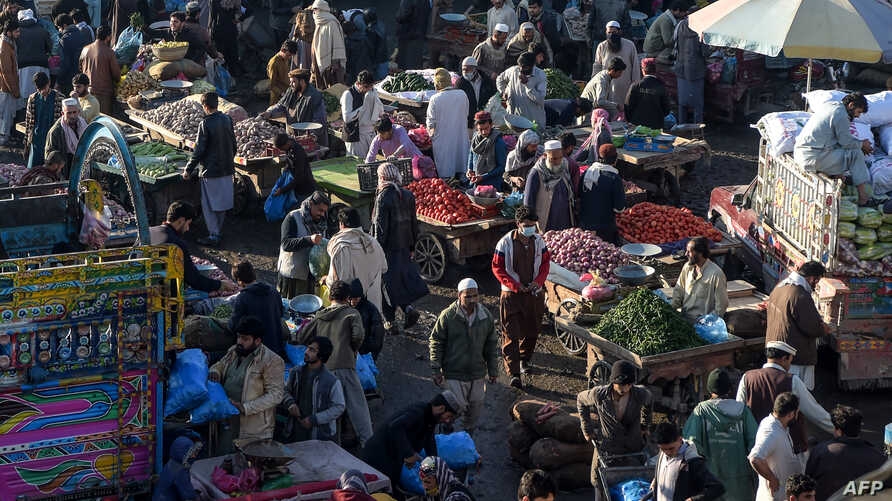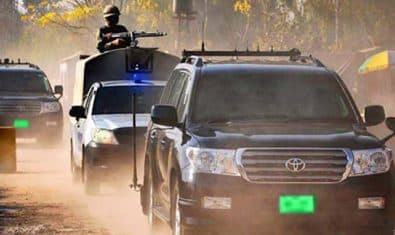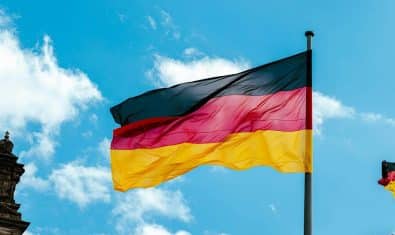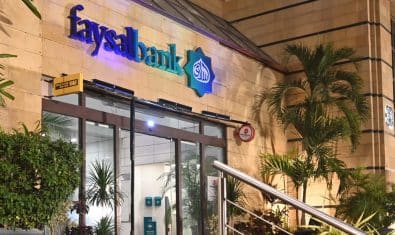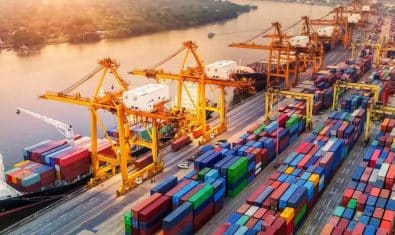Today, Pakistani cities are quieter than usual. Malls and eateries are closed so there’s little for people to do outside the house. Roads are mostly deserted as many take social distancing seriously, as they should. Paranoia – created by a raft of government restrictions and fear of getting the virus – prevails when it comes to leaving the house.
The fears will fade when the restrictions are gradually lifted.
Naturally, lockdowns getting relaxed would mean that things are under control and it’s safe to get out. Suddenly, we will see scores of people getting out of the house and cramming in restaurants, shopping malls, and parks. And since it is ‘safe’ now, precautions will be put on the backburner.
That, in essence, could be the beginning of the real crisis.
Imagine using a lift where you will press the call and floor buttons with bare fingers as other five to six people inside it chatter, maybe cough or sneeze too. You think about wiping your hands, or holding breath during the short ascent or descent, but there’s little you can do to stay protected now.
Outside, you see a group of youth sipping on tea at a roadside stall, buses that are overloaded with passengers as they used to, and children playing in the park after a long time.
As things look like they’re getting back to normal, we may be doomed.
The risk is hundreds of times greater now than it was under the lockdown. The virus hadn’t died, and with the restrictions lifted, it’s quietly infecting thousands by the hour now. It’s on the doorknobs, bathroom taps, tables we work on, food boxes that we get delivered at home, and on the handles that we grab on a bus.
It’s active in the air for hours, and on surfaces for days.
What comes next is easy to picture as we can draw examples from countries like Italy, Spain, and the US and multiply it by a thousand. Luckily, that bleak picture is yet a far-fetched projection in Pakistan’s case. But even with the present numbers, our systems appear overwhelmed.
China, which gradually lifted Wuhan and other lockdowns recently, appears confused about the decision too.
Already, the country is reporting new imported cases along with a surge is asymptomatic cases which pose a serious threat. While it ended the Wuhan lockdown, China has been forced to impose more in other areas as the cases rise.
Suifenhe City in Heilongjiang restricted the movement of its citizens on Wednesday in a similar fashion to that of Wuhan. In Jiaozhou City in the eastern province of Shandong the risk level had risen from low to medium.
In parts where restrictions are lifted, images of people flocking tourist sites have begun to emerge. People, wearing masks, can be seen crammed together in all cities across China over the country’s holiday weekend. This is despite warnings from health authorities that the pandemic may still be far from over.
Although they are gathering in public spaces by the thousands, the people in China may still be cautious about ensuring necessary protective measures. In Pakistan, they won’t.
We see news of daily arrests made in Pakistan for flouting lockdown rules. Even in this lockdown, scores are huddling in superstores. Many are also worked up at the government’s decision to close mosques for congregational prayers and religious gatherings, and are ready to rush back in at a faint signal.
What’s surprising is that the provinces are extending lockdown measures by days implying that things will get back to normal in a matter of 14 or 21 days. They won’t.
The problem with Pakistan, as with other developing countries, is that its economy cannot sustain the kinds of lockdown measures that China or Italy adopted. For a country with 35-40% of its population living below or close to the poverty line, keeping the plug pulled on business for the long term can be suicidal.
Paradoxically, so can be turning it back on when the pandemic is yet to peak in the country.
As it turns out, Pakistan has decided to take the latter route. A few days ago, Punjab allowed some large industrial units to operate in a move towards relaxing the lockdown. With limited staff and necessary precautionary measures, the textile, pharmaceutical, sports goods, surgical and medical equipment, fruit and vegetable processors, meat and meat products, and auto parts industries were permitted to resume operations.
On Sunday, the Sindh government also assured the business community that it would consider lifting of lockdown on industries amid pressure building from the business community.
Interestingly, continuation or resumption of industrial operations is not unheard of in the present crisis. A key example here is Germany where manufacturers are running at as much as 80% capacity.
According to a Wall Street Journal report, German factories were quick to get workers on board, and to impose strict cleanliness measures and organizational rules, often imported from their operations in China. In some cases, they brought in their own medical staff too.
To limit the risks, executives moved early to implement hygiene measures in addition to restricting travel and gatherings of the staff, and encouraging managers to work from home. No visitors are permitted in units, and teams of cleaners sterilize doorknobs, machine handles and other equipment around the clock. Break rooms are organized so that workers don’t have to stand next to each other.
Some companies have created new shift patterns to ensure the same workers always work together. Workers wear face masks, and social-distancing measures such as staggered shift times help to minimize contact.
As Pakistan sees a gradual resumption of industrial operation, it’s highly unlikely that the precautionary measures here will even remotely match those taken by the factories in Germany or China. With the country already having crossed 4,000 reported infections, easing of lockdown restrictions could potentially add to the crisis.
That said, we may not have a better option to find a balance between hunger and pandemic. While Pakistan never had a blanket shutdown, easing it further will imply that the danger is over prompting people to throw to the wind the little caution they took while locked down.
Even if the country moves toward the resumption of everyday life, a very strong and repeated message needs to be disseminated here: safety precautions are more crucial as the risk is greater now.
